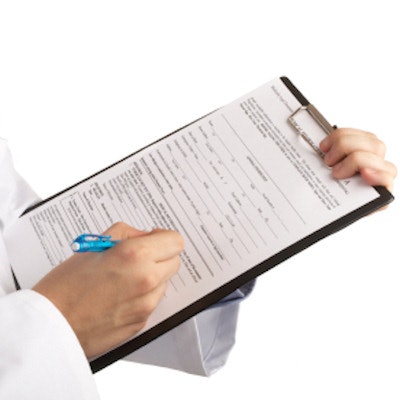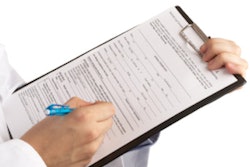
You may not need to use ICD-10 diagnostic codes in your dental practice yet, but it's only a matter of time before you'll be including them on claims forms, according to Charles Blair, DDS, and Glenda Hood.
While only some states currently require diagnostic codes for federal, state, or local dental plans, Dr. Blair and Hood believe the codes are going to become more common over time.
"We hear of new states [requiring ICD codes] every week or every other week," Dr. Blair said in an interview with DrBicuspid.com. "We're hearing of more Patient Protection and Affordable Care Act plans and, of course, workers' comp."
Dr. Blair and Hood are coding experts at practice management company Practice Booster.
ICD codes are here to stay
ICD-10 stands for the 10th iteration of the International Classification of Diseases. The U.S. government maintains a list of 69,000 ICD-10 codes as a way to track data about procedures.
ICD-10 codes started to become more relevant to dentistry when the ADA amended its dental claims form in 2012 to include room for four diagnostic codes. Right now only 10 states and a few small, private plans require ICD-10 codes, most often for Medicare, Medicaid, and other Personal Protection and Affordable Care Act (ACA) plans.
However, Dr. Blair and Hood think that every state Medicaid program will require diagnostic codes within two years, and it's only a matter of time before large, private insurance companies start asking for them, too, for a couple of reasons.
“When you submit a diagnosis code, you are telling the payor why that procedure is necessary.”
"First of all, because of government regulation," Hood said. "Also, there is an advantage. When you submit a diagnosis code, you are telling the payor why that procedure is necessary, and there's a possibility it could decrease the number of lengthy narratives and clinical notes that are required, at least in the initial process."
This is a change from dentistry's past, when claims were based primarily on narratives, and excellent documentation wasn't as necessary. As a result, coding has gotten more specific and complicated.
"Back in 1974, I could hire a bank teller down at the bank ... bring them into my office, and give them two, three, four days of training with the business team member I'm losing, and, bingo, they're ready to go," Dr. Blair said. "Today, they wouldn't know 2% of what they need to know."
Dental coding and the rise of corporate dentistry
Dr. Blair thinks the shift to more complex coding is helping push newer grads into "corporate dentistry," where the business elements of practice are covered. Nevertheless, he is wary that schools aren't teaching students enough about coding, which can have drastic consequences.
For instance, he spoke with three new dental graduates in North Carolina who got their licenses revoked for dental fraud. While working for a dental corporation, the new dentists were submitting claims for scaling and root planing, which can only be claimed if there is bone loss.
"Unfortunately, these young dentists didn't realize that their name goes on the claims form. ... They were very naive," he said. "This is a critical thing for doctors to know."
In part two of this two-part series on diagnostic coding, Dr. Charles Blair and Glenda Hood share five tips to help you submit a clean claim form.



















